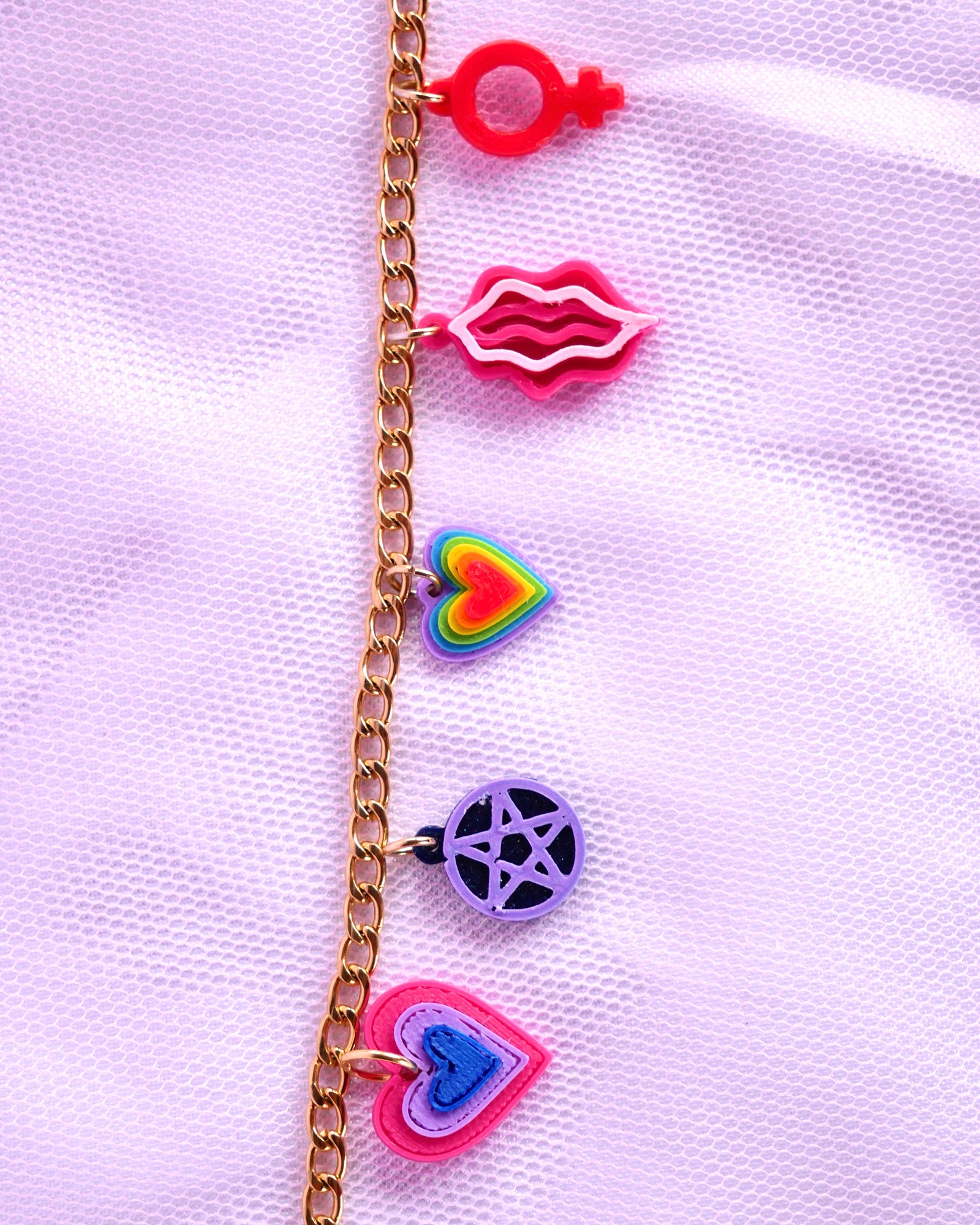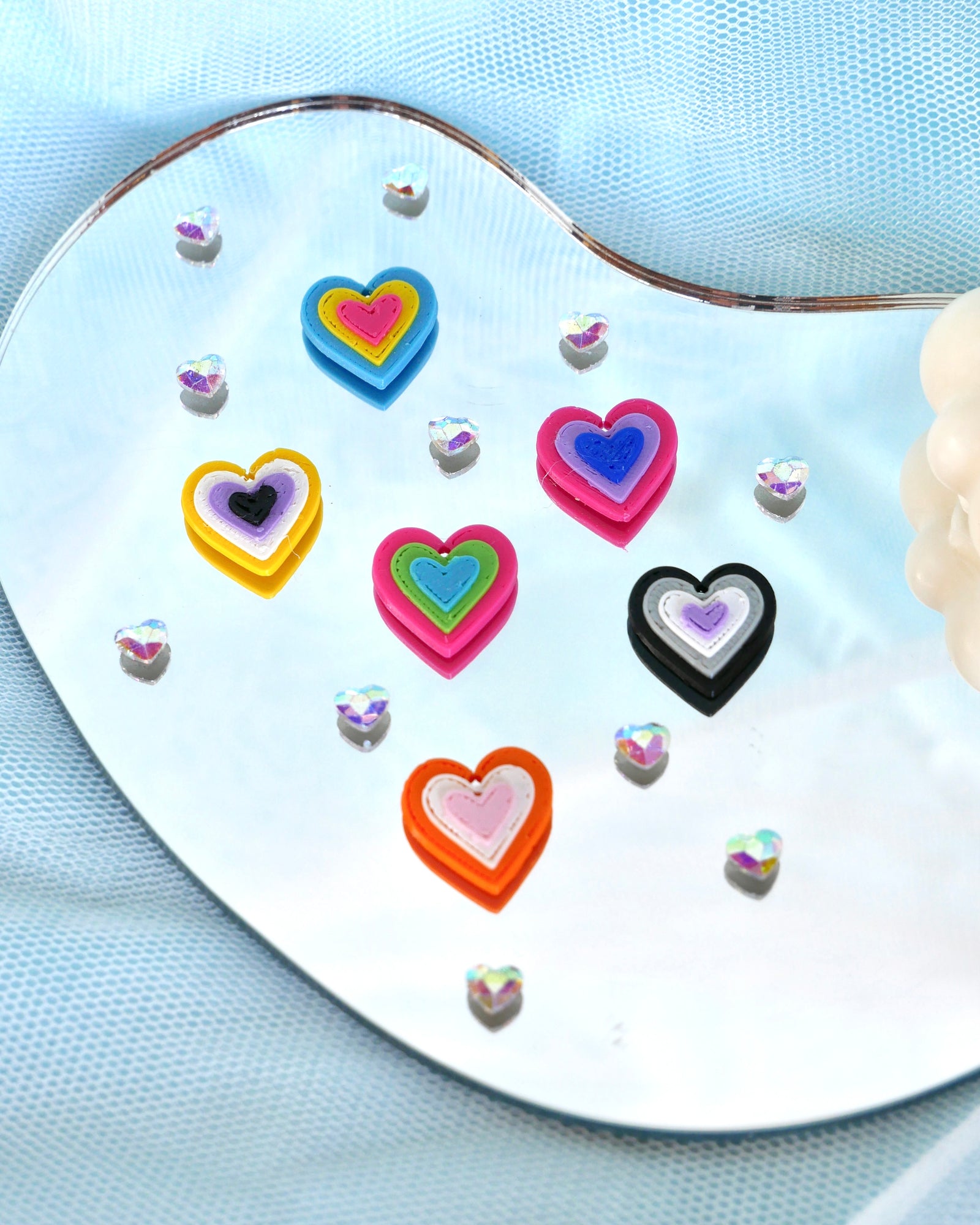A NARROW AND DISTURBING DEFINITION OF “NORM”: HETEROSEXUAL, CISGENDER, M/F
November 17, 2020
There are many assumptions we make about people. May it be a stranger on the subway, our own child, or a friend, there is a representation of what is “normal” that we have been taught and that we use (willingly or not) to read the world around us.
The assumptions that we will talk about today are the ones regarding the terms defined last week.
What have we been taught to assume about gender, sexuality and sex?
GENDER IDENTITY
When it comes to gender identity, the assumption is that everybody is cisgender. This means that whatever their assigned sex (meaning the sex the adults around them when they were born baby assigned to them), their gender identity is ““aligned”” with it.
For example if they were born with a vulva and assigned female sex, they are expected to identify as a woman and therefore be cisgender. This also means that they are expected to “perform” and present as a woman (whatever the stereotype for it is in their culture).
But this doesn’t describe everyone. For example, transgender people are all of those individuals who “transcend” their assigned sex. Meaning their gender identity either coincides with the so-called opposite sex, or neither.
SEXUALITY
The assumption made is here usually that everybody is heterosexual. It means that whatever the person’s gender, we have been taught that they must be attracted to the so-called opposite gender.
A woman is attracted to men and vice versa.
This is obviously and again, a huge assumption. They might be, for example (and this is only one of the MANY possibilities), homosexual, which means attracted to people their own gender.
SEX IDENTITY/ BIOLOGICAL SEX
Finally, we are taught that when a baby is born, there will be a vulva, with ovaries and XX chromosomes and typical hormones, OR a penis with testicles and XY chromosomes with typical hormones. Basically, that the baby will be male or female.
But the truth is that around 2% of the population is born intersex (about the same percentage of people that are born with red hair!). This means that they possess anatomy, physiology, and/or chromosomal variation differences from those typical of male and female. They may have mixed or ambiguous external genitalia, internal genitalia, and/or hormone production levels.
For example, they might be born with a vulva and XY chromosomes.
The representation of “normal” we have been used to is narrow, disturbing and dangerous. It forces all those that don’t “fit the standard” to come out, face bullying, feel like there’s something wrong with them. Let’s do our best to change this and make everybody feel welcome in this world.
•••
Did you like this blog? Leave a comment to let me know what you think and what you’d like me to talk about in my next blogs!
Leave a comment
Comments will be approved before showing up.
normale by Chiara
All of the blogs you can find on this website are by Chiara, the queer, disabled, transfeminist artisan behind normale.
Thank you for taking some time to read my pieces 💖
Recent Articles
-
Impostor Syndrome and Pansexuality - 3 year update
June 28, 2024
-
What *not* to do if your partner is Asexual
April 22, 2021











